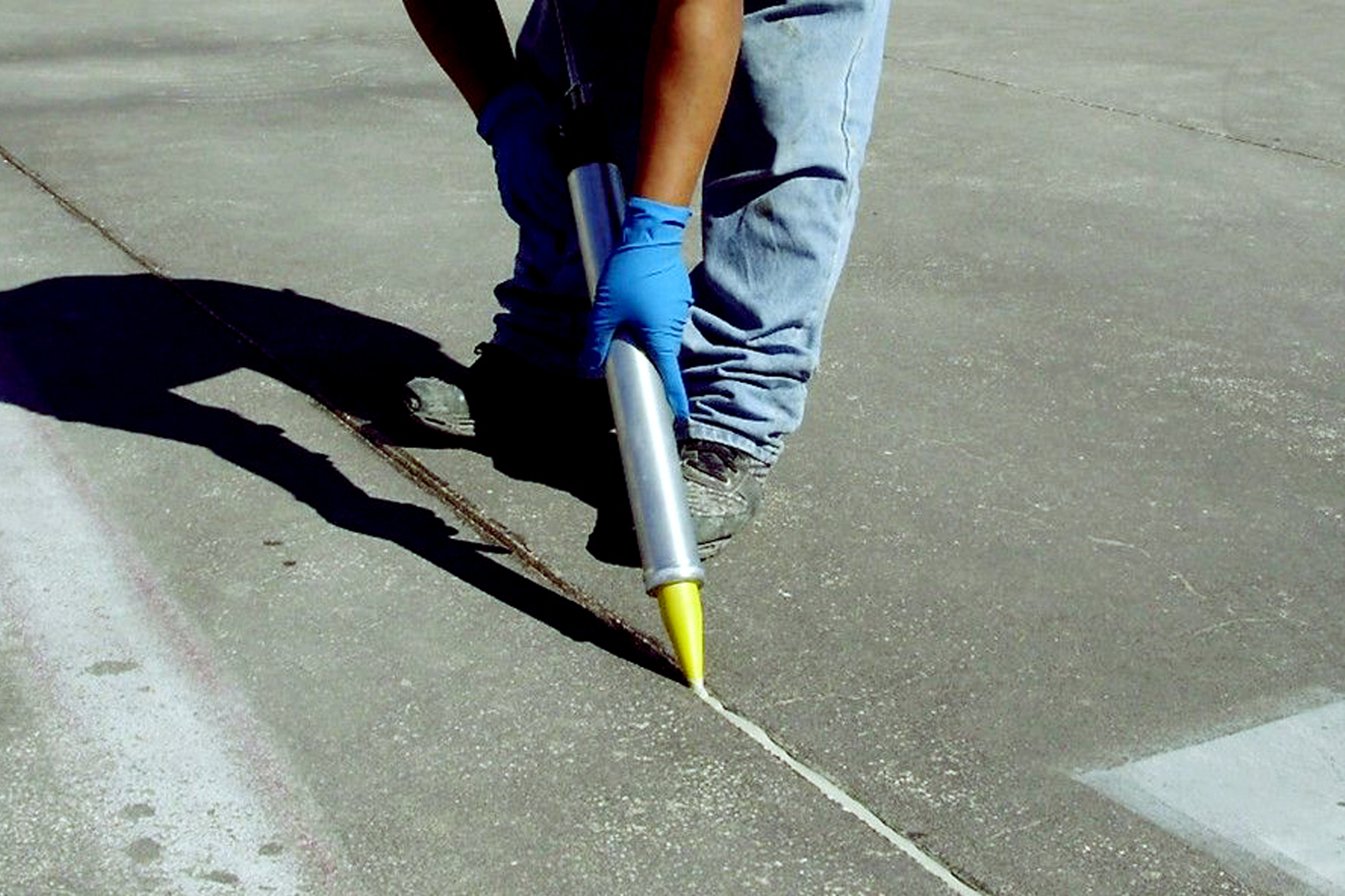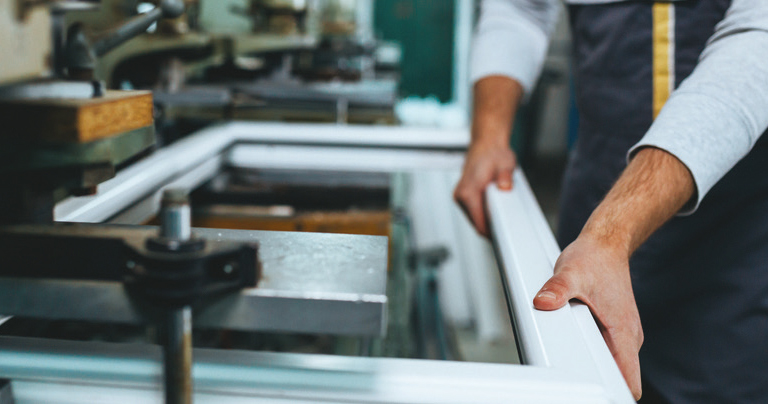Examination of properties key to successful application
By Edit Team | March 14, 2019 9:33 am SHARE

Varying requirement of construction industry entails different applications by different chemistry of products.
Adhesives and sealants should be tested to specific requirements and have credentials for performance. Workability of adhesives on particular applications must be an important criterion for selection. While choosing structural adhesives and sealants, one should keep the end-user’s requirement in mind. The suitable adhesive and sealants is selected by matching the requirements to the different processing and performance characteristics.
Durability, safety – major concerns
Adhesives and sealants should be able to withstand high-pressure force of the loads and traffic for which the structure is designed. They should be able to withstand various climatic variations which include varied temperatures, humidity and high-speed winds. The specifics of joint design and configuration must match-up with the sealant’s movement capabilities in installed conditions.
Important factors influencing sealant performance in a joint are the mechanical properties of sealant such as modulus of elasticity; stress or strain recovery characteristics tear strength and fatigue resistance. The durability properties must be considered before choosing the high-quality adhesives and sealants. Product safety is one of the important criteria which should be taken into account, according to Ratan Lal Kashyap, Sr. Vice President – Procurement, G R Infraprojects Ltd.
If the application is done without examining its properties, even the most high-quality product can fail easily.
“Engineers need to understand that there is a very thin line between being frugal and being wrong, especially at critical points of construction. Not every product can be used everywhere. The parameters to choose high-quality adhesives and sealants in construction are shrinkage or expansion tolerance, area coverage, flexibility, bond strength, substrate and base of the sealant used,” says Aseem Kumar Singh, Head of Sales, AIPL Marketing Pvt Ltd.
Looking at structural adhesives, there are host of characteristics to consider for any engineer and making a decision may sometimes prove to be challenging. Structural adhesives have the highest load bearing capabilities, excellent environmental and chemical resistance, and have no solvent emissions to deal with, says Manish Singhal, Business Director – General Industry, Henkel Adhesives Technologies India Pvt Ltd.
To make the performance easy and decide right structural adhesive, one needs to understand temperature – how hot or cold it is, humidity – will the joint be exposed to rain or saltwater, UV exposure – exposure to sun, and can UV radiation penetrate the substrates and reach adhesive, chemical resistance – which fluids (motor oil, gasoline, diesel fluid, and jet fuel) will come in contact with the joint, safety health and environment – do any regulations come into play regarding toxicity or disposal and mechanical challenges – will the bonded part be subject to high impact or vibrational forces.
Applications, uses
While Portland cement is a good bonding material, it has the problem of water permeability and limited adhesion to dissimilar materials. For instance, bonding glass to concrete is to be done with an elastic material so that the dissimilar expansion and contraction can be taken care of by the adhesive. At the same time, product has to withstand open atmospheric conditions like wind, heat, moisture, UV light etc.
Sealing application again can be elastic or a rigid bond. For instance, expansion joints in large buildings, bridges etc., should be sealed by a highly elastic sealant which should also have good bonding with cement concrete parts.,
Surface porosities need to be sealed with tough and hard material with good water resistance. However, if a joint sealed may have to be dismantled often, one needs to have a sealant which will be elastic but permanently tacky, says S.S. Biju, DGM Business Development, Anabond Ltd.
Requirement of construction industry is varied and hence, different chemistry of products is required for different applications, he adds.
D-3 Grade water resistance wood adhesive
To deal with different climatic conditions of India, AIPL has five variants in its latest range of adhesives, including D-3 Grade water resistance wood adhesive. For sealants, the company has a neutral cure prepared silicone sealant adhesive that offers adhesion and weatherproof performance in multi-purpose sealing applications and a sprayable single component, self-expanding polyurethane adhesive with high-thermal and acoustic insulation properties.
If the application of adhesives and sealants is done without examining its properties, then the most high-quality product can fail easily.
Aseem Kumar Singh, Head of Sales, AIPL Marketing Pvt Ltd
The durability properties must be considered before choosing the high-quality adhesives and sealants.
Ratan Lal Kashyap, Sr. Vice President –Procurement, G R Infraprojects Ltd
Structural adhesives have the highest load bearing capabilities, excellent environmental and chemical resistance and have no solvent emissions to deal with.
Manish Singhal, Business Director – General Industry, Henkel Adhesives Technologies India Pvt Ltd
Surface porosities need to be sealed with tough and hard material with good water resistance.
S.S. Biju, D.G.M Business Development, Anabond Ltd
Cookie Consent
We use cookies to personalize your experience. By continuing to visit this website you agree to our Terms & Conditions, Privacy Policy and Cookie Policy.




































-20240213125207.png)

























